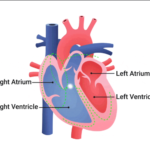Learn about the symptoms, causes, and treatment options for glaucoma.
Glaucoma is an eye condition where the enemy—too much fluid pressure—comes from within. This intraocular (or inner-eye) pressure gradually destroys nerve cells at the back of the eye, causing irretrievable vision loss. Peripheral vision, or side vision, is most affected.
Because glaucoma causes few or no symptoms in its early stages, many people don’t realize they have it. Glaucoma is sometimes called the “silent thief of sight.” However, the good news is that glaucoma is highly treatable if caught in time.
Also read-Macular Degeneration : A Patient’s Guide To Macular Degeneration And Its Symptoms
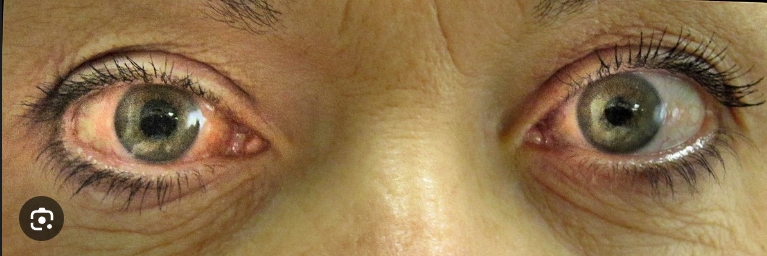
In order to maintain your vision, you should think about your options for treatment if a diagnosis is made during an eye exam. If you already have a substantial loss of vision, experts can provide a wealth of information. Find out more about your risk of developing it, how to catch the condition early on, and what to anticipate when you make treatment plans.
According to the most recent National Eye Institute statistics, it affects approximately 2% of adults in the United States who are 40 years of age or older. Black Americans are most likely to get it; approximately 3.5% of people in that age range are affected. 60% of cases are accounted for by women. It is anticipated that the number of Americans afflicted with the illness will more than double from 2.7 million in 2010 to 6.3 million in 2050, according to NEI projections.
Causes of glaucoma
Patients with it may experience tunnel vision or have significant areas of their peripheral vision missing, according to Dr. J. Kevin McKinney, a specialist at EyeHealth Northwest in Oregon City. He continues, “People also begin to lose their central vision in extremely advanced cases.”
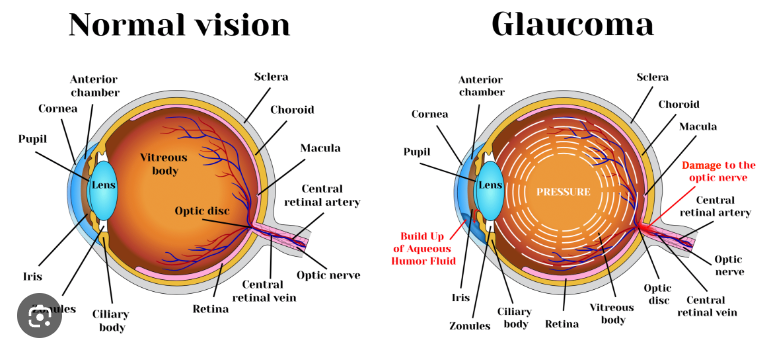
While eye pressure is linked to it, abnormally high eye pressure is not necessary for harm to occur, according to Dr. Harry Quigley, the ophthalmology professor who founded the it division at the Johns Hopkins Wilmer Eye Institute in Baltimore. “People can have it if they have normal eye pressure,” he states. “That happens a lot. However, the eye is still being hurt by the pressure.”
Risk factors
In addition to age and race, a major risk factor for it is genetic predisposition. “African Americans above the age of 40 already have a significant risk of it, whereas in the general population we usually say it’s above the age of about 60,” McKinney explains. The risk of developing glaucoma is increased by all of the following:
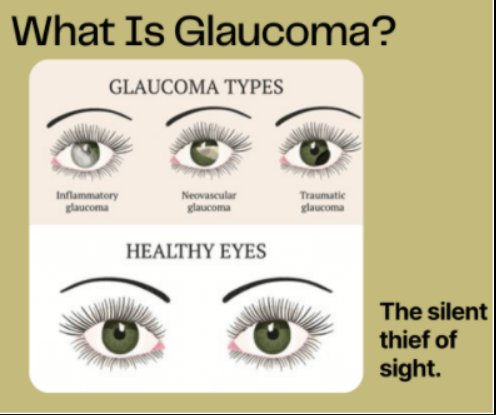
- Age over 40.
- Family member with glaucoma.
- African, Hispanic, or Asian heritage.
- High eye pressure.
- Being farsighted or nearsighted.
- Eye injury history.
- Long-term use of steroid medications.
Symptoms
When it comes to glaucoma, the lack of early symptoms is problematic, leading people to develop a false sense of security. “I see well and have no symptoms.” “I had a normal eye exam, so I’ll never get glaucoma.” “My eye pressure is normal so I can’t get glaucoma” and “None of my family members have it, so I won’t get it” are common misconceptions, McKinney says. The risk of glaucoma increases throughout life, he emphasizes.
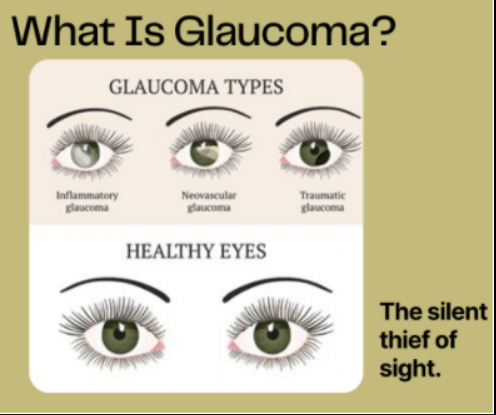
Open-angle glaucoma “has almost no symptoms whatsoever,” Quigley says. “People almost never notice they have it until they suddenly realize one day that they’re blind in one eye. They wake up one morning, their good eye is buried in the pillow and they look out at the room with the eye that isn’t in the pillow and go, Holy cow, I can’t see. That’s how sneaky it is.”
Angle-closure glaucoma sometimes causes symptoms such as a bad headache, eye pain, blurred vision, or seeing halos. “But a lot of people with the angle-closure type also have an asymptomatic disease,” Quigley says. Some early glaucoma features can only be recognized before damage is done through the course of a thorough eye exam, he adds.
Diagnosis
Through a thorough examination of the eyes, an ophthalmologist diagnoses glaucoma. Tonometry, or intraocular eye pressure, is one of the tests. In order to identify the type of glaucoma you may have, your optic nerve is evaluated and the angles of your iris and cornea are examined using a mirrored device. You might go through a procedure called pachymetry to find out how thick your cornea is.
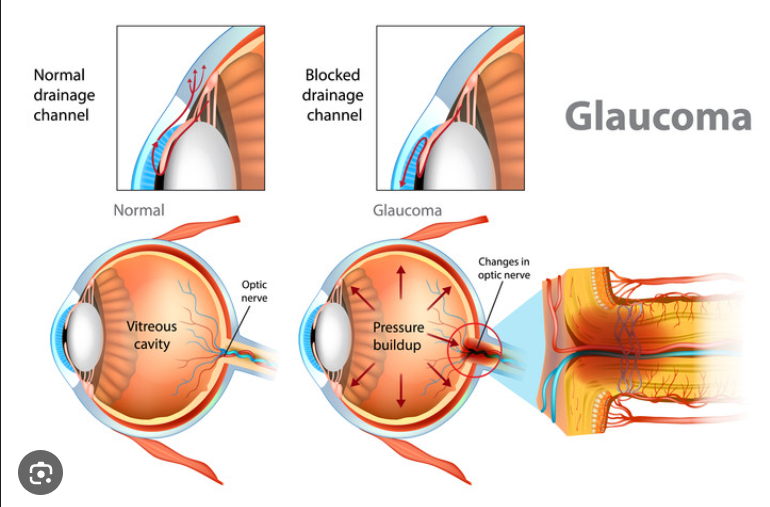
Visual field testing is used to measure central and peripheral vision, in which patients look into a computer device that flashes light spots to various areas of their peripheral vision and then indicate when they see a spot.
Your ophthalmologist will work with you to come up with a treatment plan. In some cases, you may be referred to a glaucoma specialist.
Treatment
Once you’re diagnosed with glaucoma, treatment is all about stopping nerve cells from dying by lowering the eye pressure (or intraocular pressure) and thus preventing further vision loss. Medication with eyedrops, laser treatments, and surgery are the mainstays of glaucoma treatment.
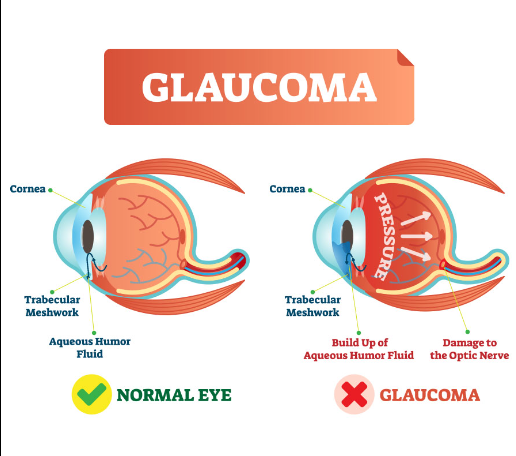
Also read-Conjunctivitis : A Patient’s Guide To Conjunctivitis (Pink Eye) And Its Symptoms
images source: Google
Disclaimer: The opinions and suggestions expressed in this article are solely those of the individual analysts. These are not the opinions of HNN. For more, please consult with your doctor.






















